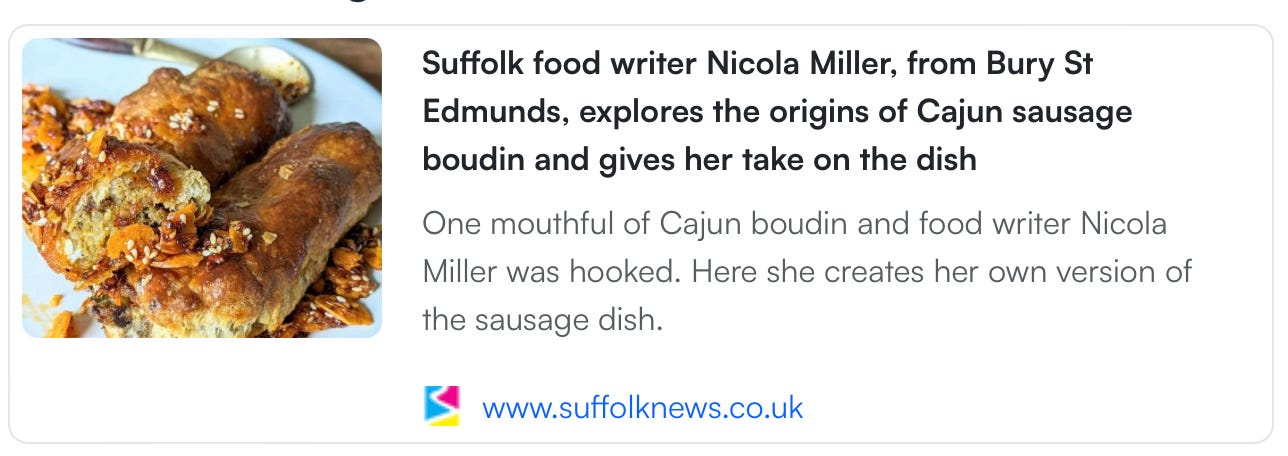Hello from the Wordloaf Friday Bread Basket, a weekly roundup of links and items relating to bread, baking, and grain. This one is a little (okay, a lot) late, since I forgot all about it, being so out of practice.
Baking with the grains and starches that we have locally available opens up radical possibilities for hearty breads and sweet pastries alike; they may not look like the French-style baked goods that we’ve come to see as ‘traditional’, and that’s okay, because they express the places from which they’ve come. As we only increasingly confront the impacts of climate change, it’s imperative that we look beyond industrialized common wheat, and instead to grain varieties that are drought- or flood-resistant, and farming systems that mitigate erosion and soil degradation and that enrich communities.
Relatedly, here’s a really interesting post from
on barley, whiskey, and the sticky subject of “terroir”:Returning to Bruichladdich, the word terroir was used in relation to an on-going project they initiated in 2005, jointly with the University of the Highlands and the Island’s Agonomy Institute, to reintroduce Bere barley to produce whisky. From that came out their ‘Bere Barley 2013’. Bere is a six-row barley and Britain’s oldest and continuously cultivated cereal, since the neolithic times, yet it had almost disappeared. It used to be a staple of Scotland’s distillers, until modern varieties of barley were favoured for their consistent flavour and overall yield. Today, Bere is mainly grown on Orkney and while Bruichladdich have a 100% Islay whisky, made with local Bere barley, most of the production is outsourced up in Orkney. When we asked why not prioritising Islay-based farms, we were told that the island’s weather is so wet and changeable that the barley they had tested, from different growers across the island, grew unpredictably and made the final spirit too unstable in taste for commercial use…
This is the story behind today’s newsletter: how I started to rethink what the idea of ‘the terroir’ implies, after I had grown out of love with the word terroir. I found it archaic and that it entertained an unreal and privileged view about the soil. A power play to crown one way or one region as superior from another, and a term used to justify colonial politics when it came to agrarian laws and land ownership. It’s the whisky industry that has made me consider using the word again. At distilleries, I have had challenging and energising conversations about adapting to survive.
Finally, a wonderful piece (and recipe) from
about Scott, Louisiana, the “The Boudin Capital of the World,” and the many iterations of the dish, including a croissant-wrapped one served with chili crisp, from Ayu Bakehouse in New Orleans:Can you remember your first time? “I think the first time I tried boudin, I was expecting something completely different - I wish I could say it was from a gas station somewhere, but it was actually at Cochon Butcher in New Orleans around 2010,” he says. “I was with friends and saw the words ‘Cajun Sausage’ on the menu and instantly ordered. I think I was expecting something closer to andouille to arrive at the table, and when four or five small pieces of this loose, soft, rice-filled sausage with an inedible casing arrived, I was a little confused.”
He loved it and once back in London, he tried to make it himself before returning to spend significant time in Cajun country. “Then I really got to taste boudin as God intended - in the front seat of a car, eaten from greaseproof paper.”
That’s it for this week’s bread basket. Have a peaceful weekend everyone, see you all next week.
—Andrew








Thank you so much for drawing attention to Ayu Bakehouse and Decatur London! I'll be eating that Boudin Boy next week!